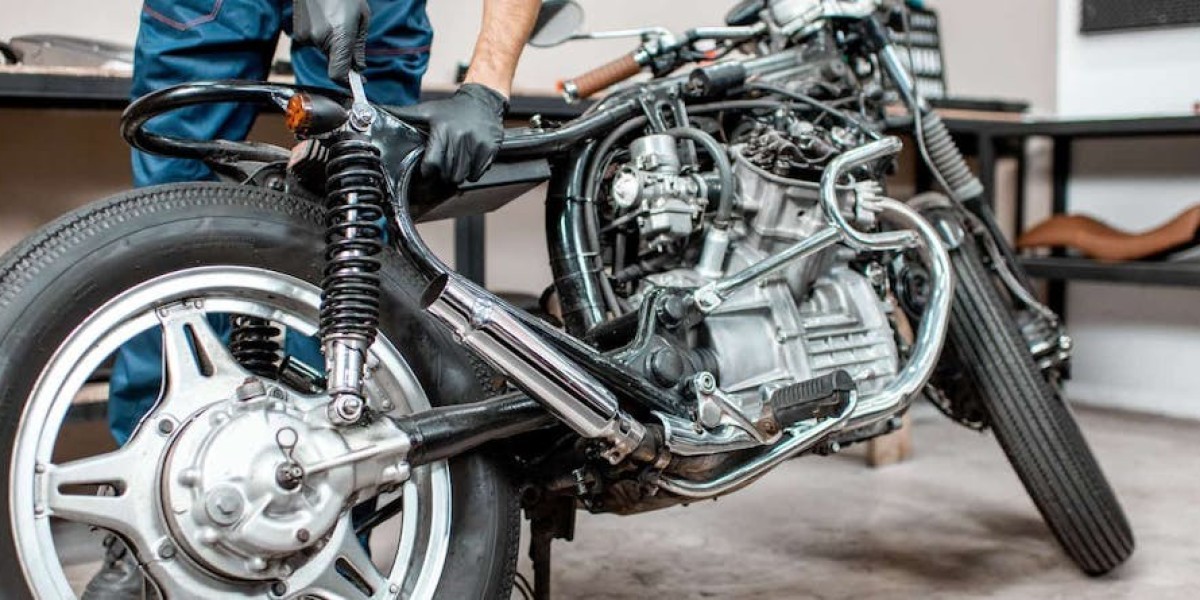For the custodian of a classic car, the word "originality" is sacred. Every factory marking, every piece of original trim, and every undisturbed surface tells a story and contributes to the vehicle's value and soul. Traditional cleaning methods, with their harsh chemicals and abrasive media, often pose a direct threat to this precious originality. This is where dry ice blasting emerges not just as a cleaning method, but as a revolutionary preservation tool. Applied with surgical precision in the form of dry ice detailing, it offers restorers a way to remove decades of grime while safeguarding the delicate history that lies beneath.
The Challenge of Authenticity
Restoring a classic vehicle is a delicate balancing act. The goal is to return the car to its former glory without erasing the very details that make it a unique historical artifact. This presents a significant challenge when dealing with the undercarriage, engine bay, and other hard-to-reach areas.
The Dangers of Conventional Cleaning
Aggressive methods like sandblasting or soda blasting can strip away more than just dirt; they can destroy factory paint, etch metal surfaces, and obliterate original inspection markings. Pressure washing introduces the risk of water ingress into sensitive electronics and hidden cavities, promoting rust—the arch-nemesis of any classic car. Chemical degreasers can stain original finishes and degrade delicate rubber and plastic components, causing irreversible damage.
Preserving Patina and Factory Finishes
Dry ice detailing provides a powerful solution to this dilemma. The non-abrasive nature of the process means it can lift away caked-on grease, undercoating, and road grime without harming the original paint or primer underneath. This is invaluable for preserving the authentic patina that collectors cherish. It can safely clean around original decals, wiring harnesses, and even paper inspection tags that would be instantly destroyed by other methods.
A Deep Clean That Respects History
The application of dry ice blasting technology in a restoration context is a meticulous process, far removed from industrial-scale cleaning. It is a detailed, component-by-component rejuvenation.
Reviving the Undercarriage and Drivetrain
One of the most dramatic transformations occurs on the vehicle's underbody. Dry ice detailing can strip away years of accumulated filth from the frame, suspension components, and drivetrain, often revealing the original factory finishes, paint daubs, and inspection marks that were thought to be lost forever. This allows for a thorough inspection of the metal for any needed repairs and prepares the surface for preservation without altering its original state.
Safely Reclaiming the Engine Bay
The engine bay of a classic car is a complex web of mechanical parts, wiring, and hoses. This is where dry ice blasting truly excels. It can clean the engine block, transmission housing, and all ancillary components without the need for extensive masking or disassembly. Because the process is completely dry and residue-free, there is no risk of shorting out vintage electronics or contaminating sensitive mechanical systems.
Conclusion
In the world of classic car restoration, the ultimate goal is to honor and preserve the vehicle's heritage. Dry ice detailing stands alone as the only cleaning method that is both powerful enough to remove decades of neglect and gentle enough to protect the most delicate historical details. It is more than just a cleaning service; it is a critical preservation technique that allows restorers to achieve a concours-level finish while ensuring the vehicle's authentic story remains intact for generations to come.






